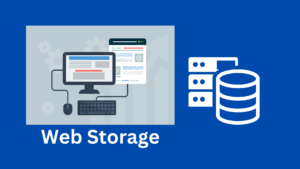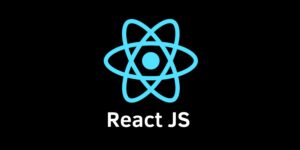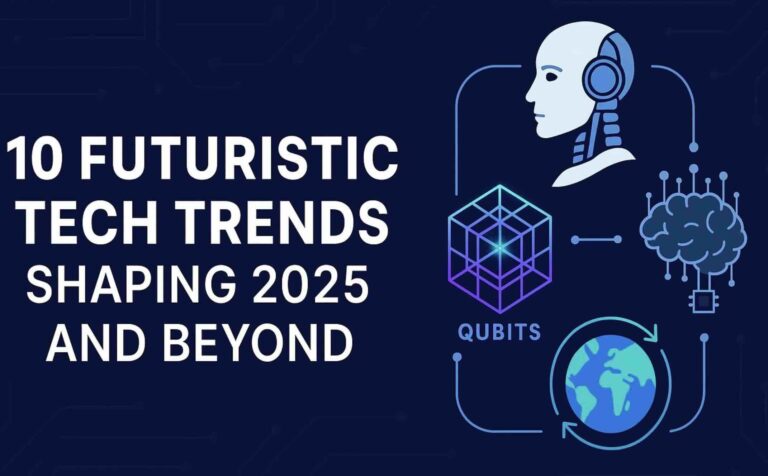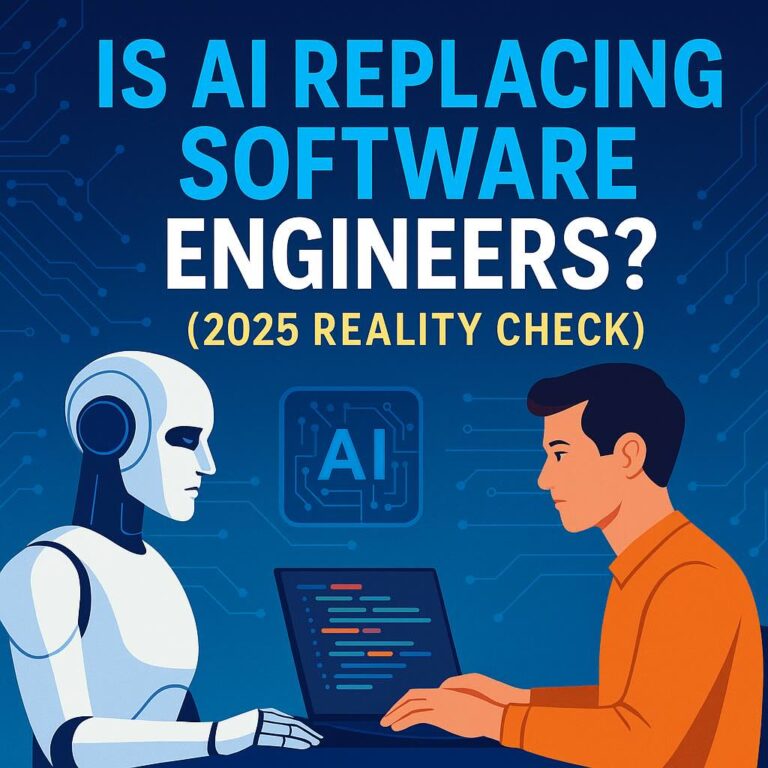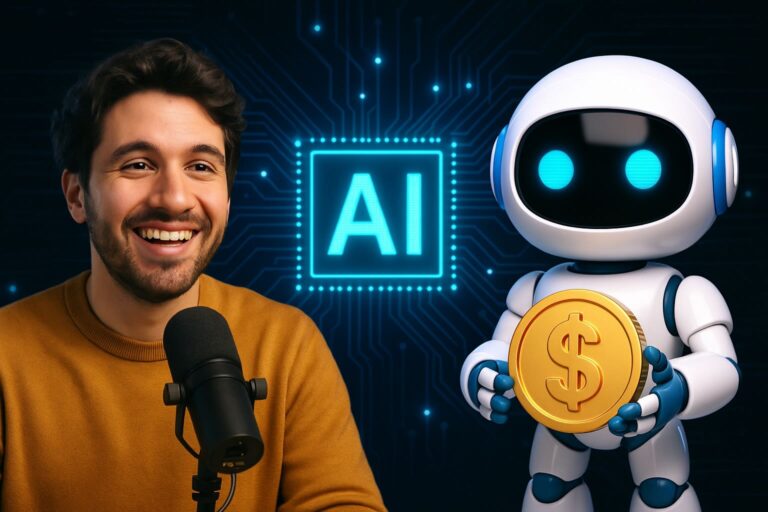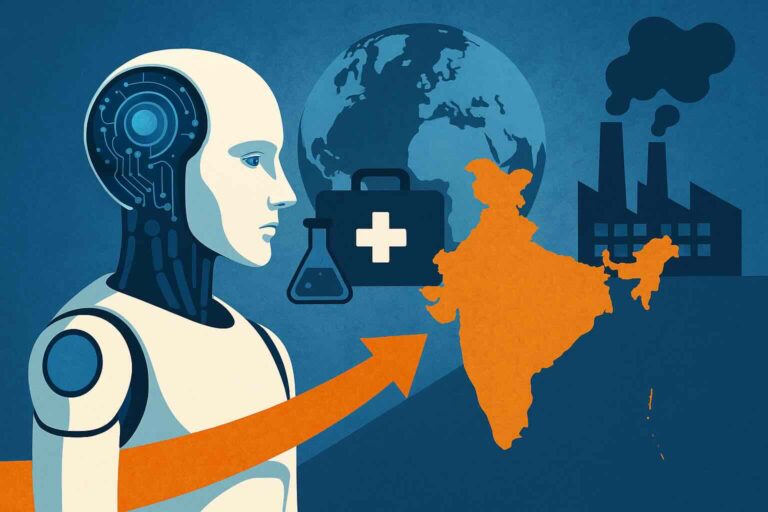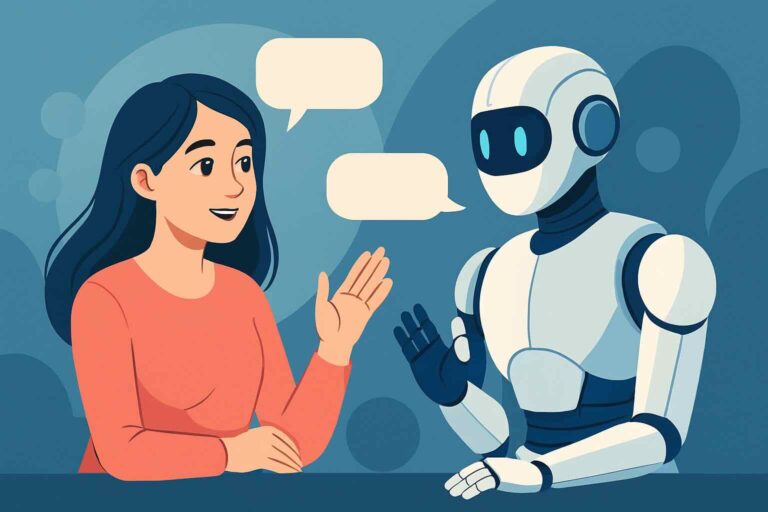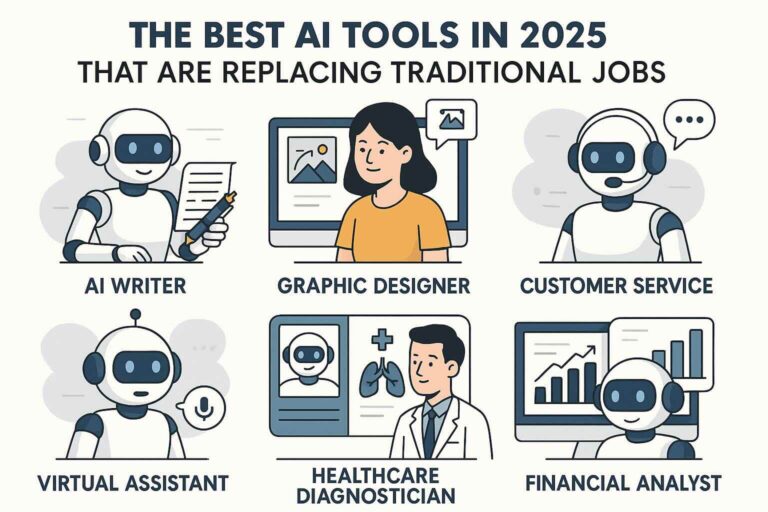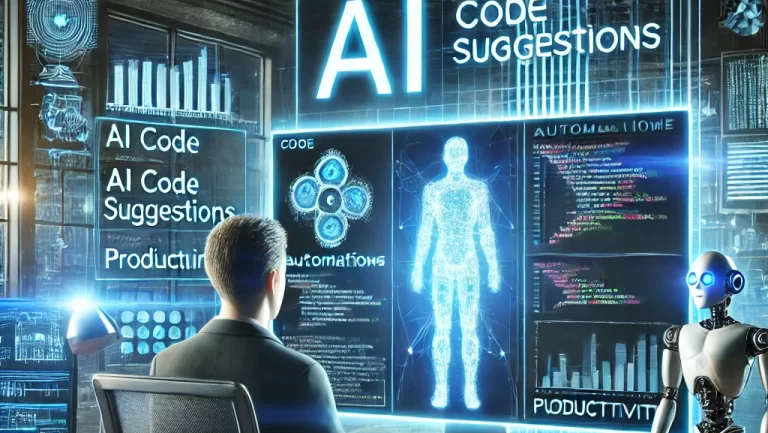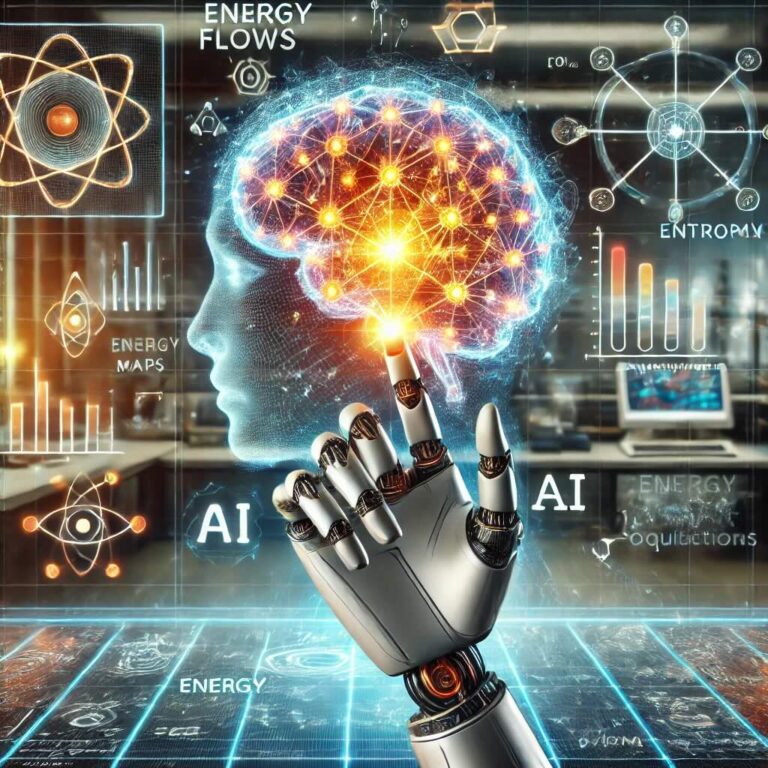Education is undergoing a significant transformation due to rapid advancements in technology. The traditional classroom model is evolving into a more dynamic and personalized learning experience. At the heart of this change are AI-powered adaptive learning, virtual reality (VR), and personalized learning, which have the potential to revolutionize education, improve student outcomes, increase accessibility, and fundamentally change how we learn.
This article delves into the latest trends in educational technology and explores how these innovations are reshaping the future of learning.
The Current State of Education Technology
Education has always been a key factor in societal progress. However, the one-size-fits-all model of traditional education often leaves many students behind. Educational technologies aim to address this issue by offering solutions that adapt to each student’s unique learning needs.
In recent years, the integration of AI, VR, and personalized learning has gained momentum. These tools can enhance engagement, cater to diverse learning styles, and provide real-time feedback that allows students to take control of their education. Whether in classrooms, online environments, or blended learning models, the future of education is about offering flexible, immersive, and customized learning experiences.
The Rise of AI in Education
Artificial Intelligence (AI) has emerged as one of the most transformative forces in education. AI-powered adaptive learning systems can tailor educational content to meet the needs of each learner. Unlike traditional teaching methods that assume all students learn at the same pace, AI systems recognize that each student has a different learning curve.
AI in education works by analyzing vast amounts of data on student performance, behavior, and preferences. Based on this data, AI-powered platforms create personalized learning paths, recommend specific learning resources, and provide feedback tailored to each student’s unique strengths and weaknesses.
Benefits of AI in Education
- Personalized Learning Paths: One of the greatest advantages of AI is its ability to create individualized learning experiences. These systems adjust the content, difficulty, and pace to match the learner’s abilities.
- Real-Time Feedback: AI systems can provide instant feedback to both students and teachers. This feedback enables students to correct their mistakes immediately and helps educators identify areas that need improvement.
- Time Efficiency for Educators: Teachers spend a significant amount of time grading assignments, preparing lesson plans, and analyzing student data. AI can automate many of these tasks, allowing educators to focus on more interactive and creative aspects of teaching.
- Data-Driven Decision Making: AI collects and analyzes data about student progress, enabling educators to make informed decisions. This can help in identifying struggling students earlier and adjusting teaching methods accordingly.
AI-Powered Adaptive Learning
AI-powered adaptive learning systems are perhaps the most promising application of AI in education. Adaptive learning tools use algorithms and data analytics to adjust content delivery in real-time, providing the right materials based on a student’s performance.
For example, a student struggling with a math problem may be presented with additional practice questions or more detailed explanations, while a student excelling in the same area may be given more challenging tasks. This approach reduces frustration and boredom, as students receive content appropriate to their level of understanding.
Adaptive learning systems can be used in various educational settings, from elementary schools to universities and professional training programs. By catering to individual learning styles, these systems ensure that students are neither overwhelmed nor under-challenged, ultimately leading to better learning outcomes.
The Role of Virtual Reality in Education
Virtual Reality (VR) is another technology that holds immense potential to revolutionize education. VR immerses students in interactive, 3D environments that can replicate real-world scenarios or create entirely new ones. By doing so, it offers an experiential learning approach that goes beyond textbooks and lectures.
How VR Enhances Learning
- Immersive Learning Experiences: VR can transport students to different places and times. For instance, history students can walk through ancient Rome, while biology students can explore the human body in 3D. These immersive experiences make learning more engaging and memorable.
- Simulations for Practical Skills: For fields that require hands-on practice, such as medicine, engineering, and aviation, VR can simulate real-life situations where students can practice skills without the risk of harm. Medical students can practice surgeries, while engineering students can experiment with complex machinery.
- Increased Engagement and Motivation: VR’s interactive nature makes learning fun and engaging. Students are more likely to retain information when they are actively involved in the learning process.
- Accessibility for Remote Learners: Virtual Reality can be a game-changer for remote learners. VR platforms can recreate the classroom environment for students who are unable to attend in person. This makes learning more inclusive and accessible, particularly for students in rural or underserved areas.
Applications of VR in Education
- STEM Education: VR is particularly useful in science, technology, engineering, and mathematics (STEM) education. It allows students to conduct experiments, visualize complex mathematical concepts, and explore scientific phenomena in ways that traditional methods cannot replicate.
- Soft Skills Training: VR can also be used to develop soft skills such as communication, leadership, and problem-solving. Through simulated environments, students can practice scenarios such as public speaking or team collaboration in a safe and controlled setting.
- Field Trips and Exploration: Virtual field trips are becoming more popular in schools. Instead of costly and logistically challenging field trips, students can explore historical landmarks, museums, or natural wonders through VR, broadening their learning horizons.
Personalized Learning: Meeting the Needs of Every Student
Personalized learning is an educational approach that tailors instruction, curriculum, and assessment to meet the unique needs of each learner. The goal is to empower students to take control of their learning experience, advancing at their own pace and pursuing topics that interest them.
Benefits of Personalized Learning
- Student-Centered Approach: Personalized learning puts students at the center of the educational experience. Instead of following a rigid curriculum, students are encouraged to explore their interests and work at their own pace.
- Improved Student Engagement: When students have a say in what and how they learn, they are more likely to be engaged and motivated. Personalized learning encourages autonomy and responsibility, helping students develop critical thinking and decision-making skills.
- Tailored Instruction: Teachers can use data to identify the strengths and weaknesses of each student. This allows them to provide targeted instruction and support where needed, leading to more effective learning outcomes.
- Flexible Learning Environments: Personalized learning often involves a combination of face-to-face and online learning. This flexibility enables students to learn anytime, anywhere, making education more accessible.
How AI and Personalized Learning Intersect
AI plays a crucial role in facilitating personalized learning. By analyzing data on student performance, AI systems can create customized learning plans that adapt as students progress. This ensures that each student receives content that matches their skill level and learning preferences.
For example, platforms like Khan Academy and Coursera use AI algorithms to recommend courses, exercises, and resources based on a student’s past performance. These platforms also provide personalized feedback, helping students stay on track and improve their understanding.
The Future of Education: A Blended Approach
As AI-powered adaptive learning, VR, and personalized learning continue to evolve, we are likely to see a more blended approach to education. The future classroom may combine traditional teaching methods with cutting-edge technologies to provide a more holistic learning experience.
AI and Teachers: Partners, Not Replacements
One of the concerns about AI in education is that it could replace teachers. However, AI is not intended to replace human educators but to augment their abilities. By automating administrative tasks, analyzing data, and providing personalized instruction, AI can free up teachers’ time to focus on more meaningful interactions with students.
Teachers will continue to play a critical role in guiding students, fostering creativity, and developing soft skills that machines cannot replicate. In this sense, AI and teachers will work together to create a more effective and engaging learning environment.
The Democratization of Education
One of the most exciting aspects of AI, VR, and personalized learning is their potential to democratize education. These technologies can make high-quality education more accessible to people around the world, regardless of their geographical location or socioeconomic status.
For example, online platforms powered by AI and personalized learning systems can provide students in remote areas with the same educational opportunities as those in urban centers. Similarly, VR can offer immersive learning experiences to students who cannot afford expensive field trips or lab equipment.
The Challenges Ahead
While the potential of AI, VR, and personalized learning is immense, there are still challenges to overcome. Some of the key challenges include:
- Digital Divide: Access to technology is not equal across all regions and populations. Ensuring that all students have access to the necessary tools for AI-powered learning and VR experiences is crucial to avoid widening the education gap.
- Data Privacy and Security: The use of AI in education requires collecting and analyzing large amounts of data. Ensuring the privacy and security of this data is a significant concern that needs to be addressed through strong policies and regulations.
- Teacher Training: Teachers need to be trained to effectively integrate AI and VR into their classrooms. This requires ongoing professional development and support from educational institutions and governments.
- Cost: Implementing advanced technologies like AI and VR can be expensive. While the cost of these technologies is expected to decrease over time, ensuring that schools, particularly in developing countries, can afford them remains a challenge.
Conclusion: The Revolution is Here
The future of education is bright, with AI-powered adaptive learning, virtual reality, and personalized learning leading the charge. These technologies offer the potential to create more inclusive, engaging, and effective learning environments that cater to the diverse needs of students.
As we embrace these innovations, it is essential to address the challenges they bring and ensure that all students, regardless of their background, have access to the opportunities they provide. By doing so, we can build a more equitable and transformative educational system that prepares students for the challenges and opportunities of the 21st century.
The revolution in education is not just about technology; it’s about rethinking how we learn, what we learn, and how we can create a more personalized, flexible, and engaging learning experience for everyone. With AI, VR, and personalized learning at the forefront, the future of education is more promising than ever.

